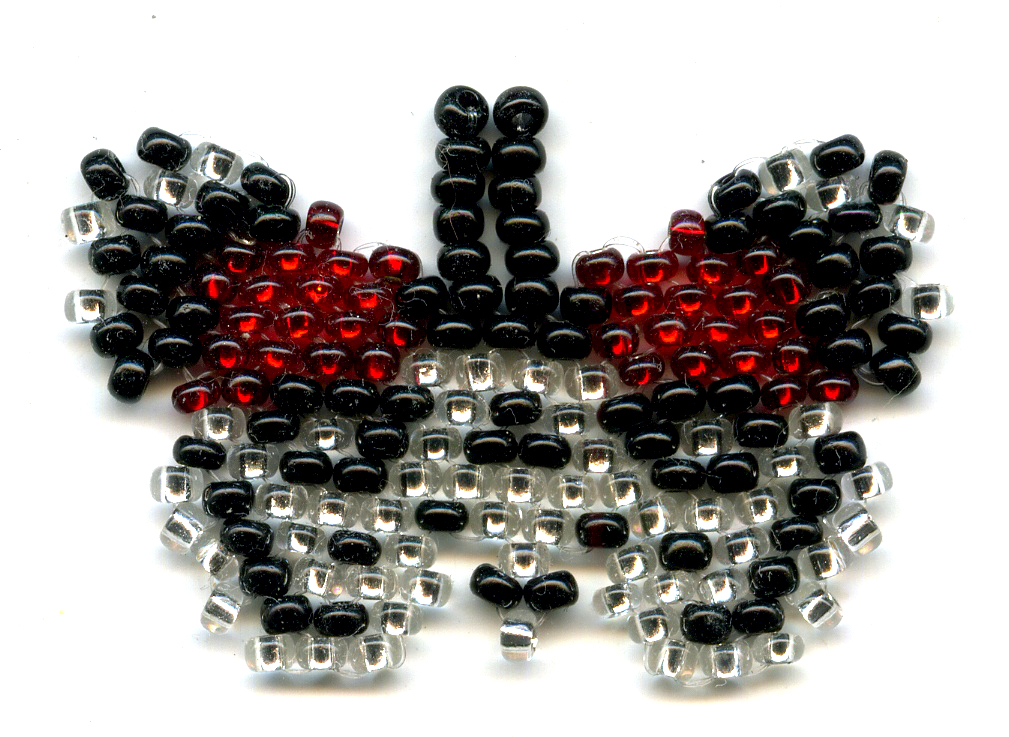
Catacore kolyma (Hewitson, 1858), or the Kolyma eighty-eight inhabits South America.
This bead butterfly is woven of 4 colours.
The bead pattern is available at https://bead-patterns.com/beadpattern/butterfly-catacore-kolyma-micro

Catacore kolyma (Hewitson, 1858), or the Kolyma eighty-eight inhabits South America.
This bead butterfly is woven of 4 colours.
The bead pattern is available at https://bead-patterns.com/beadpattern/butterfly-catacore-kolyma-micro
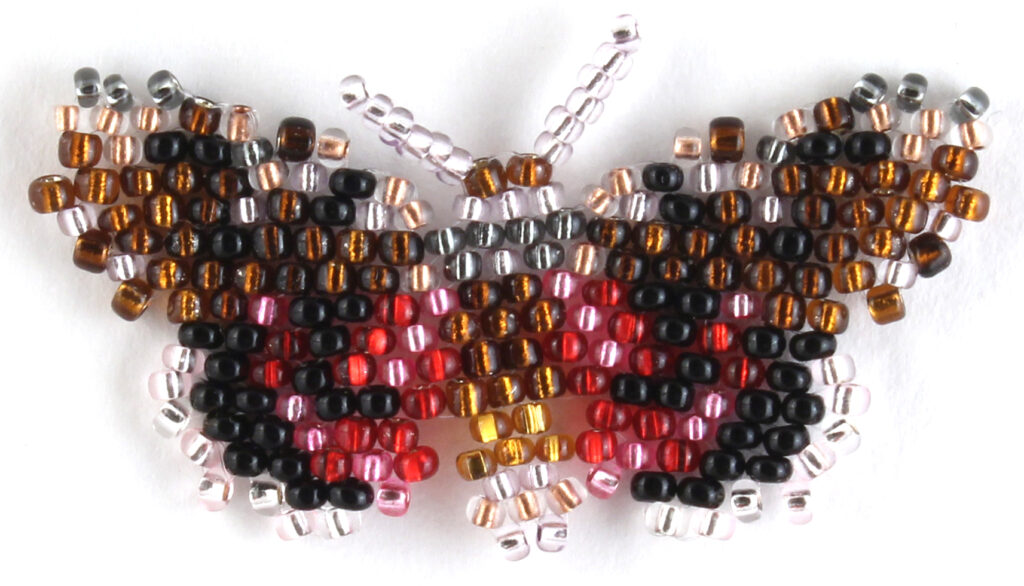
Catocala concumbens (Walker, 1858), or the sleepy underwing or the pink underwing, is found in eastern North America.
Its wingspan is 60–75 mm.
The bead moth is woven of 11 colours.
The bead pattern is available at https://bead-patterns.com/beadpattern/pink-underwing-moth-catocala-concumbens-mini
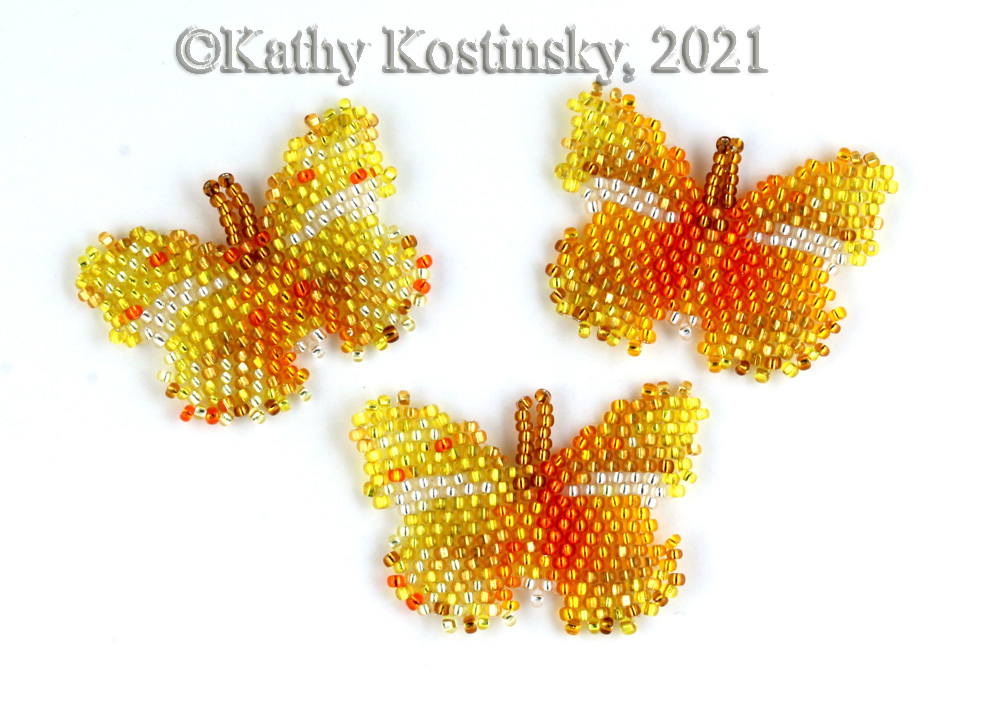
Catopsilia scylla (Linnaeus, 1763), or the Orange Migrant or Orange Emigrant, first described by the great Swedish naturalist Carl Linnaeus in 1763.
The butterfly inhabits South East Asia and Australia.
The wingspan is 60-65 mm.
The bead butterfly is woven of 9 colours.
The bead pattern is available at https://bead-patterns.com/beadpattern/%D1%81atopsilla-scylla-butterfly

Catopsilia Solstitia ( Butler, 1869) inhabits Cuba. The wingspan is 80-90 mm.
The butterfly is a subspecies of Phoebis avellaneda.
This bead butterfly is woven of 14 colours.
The bead pattern is available at https://bead-patterns.com/beadpattern/butterfly-catopsilla-solstitia
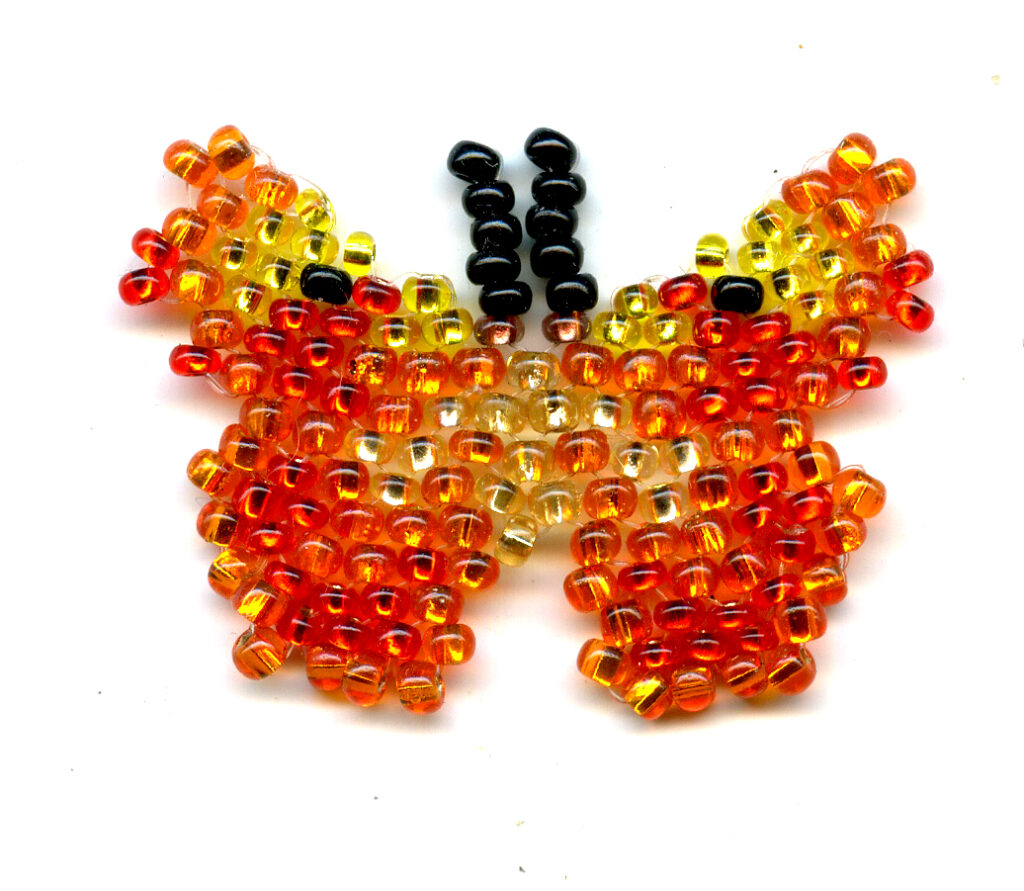
Catopsilia Solstitia ( Butler, 1869) inhabits Cuba. The wingspan is 80-90 mm.
The butterfly is a subspecies of Phoebis avellaneda.
This bead butterfly is woven of 7 colours.
The bead pattern is available at https://bead-patterns.com/beadpattern/butterfly-catopsilla-solstitia-micro

Cethosia biblis (Drury, 1773), the Lacewing biblis, or the Red (Malay) Lacewing inhabits South Asia.
The caterpillars of this butterfly live on passionflowers and get the poison of the plant, thus, the butterflies are also poisonous: red stipes on the wings warn birds and other animals that the butterfly is inedible. Black and white ornament on the wings looks so like letters that the species was named “biblis” which means “book”.
The span of its wings is 8 cm.
This beaded butterfly is woven of 9 colours.
The bead pattern is available at https://bead-patterns.com/beadpattern/butterfly-cethosia-biblis

Charaxes fournierae (Le Moult, 1930)
Eugène Le Moult gave ther name to the butterfly in honour of his best lepiudopteran Parisian client, Madame Fournier.
The butterfly inhabits lowland evergreen forests of Central Africa.
Its wingspan is about 80 mm.
The bead butterfly is woven of 12 colours.
The bead pattern is available at https://bead-patterns.com/beadpattern/butterfly-charaxes-fournierae-small

Charaxes fulvescens (Aurivillius, 1891), or the Forest Pearl charaxes is a butterfly of Central Africa.
It inhabits dense evergreen forests at low to moderate altitudes and occasionally savannas.
Its wingspan is 80-90 mm.
The bead butterfly is woven of 18 colours.
The bead pattern is available https://bead-patterns.com/beadpattern/butterfly-charaxes-fulvescens-small

Charaxes fulvescens (Aurivillius, 1891), or the Forest Pearl charaxes is a butterfly of Central Africa.
It inhabits dense evergreen forests at low to moderate altitudes and occasionally savannas.
Its wingspan is 80-90 mm.
The bead butterfly is woven of 18 colours.
The bead pattern will be available later/
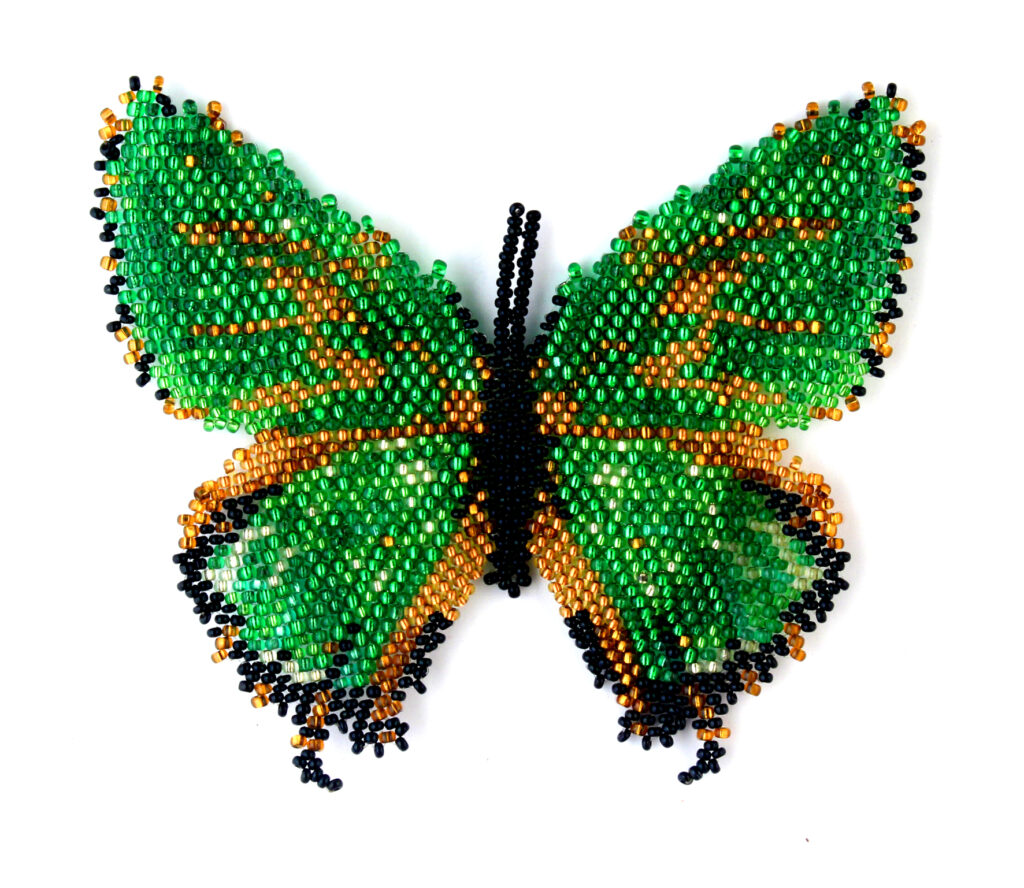
Chrysozephyrus brillantinus (Staudinger, 1887) is a small, of about 2 cm in width, butterfly that lives in the Far East of Russia. Its wings shine with various green shades, from dark forest green to very light turquoise.
This bead butterfly is woven of 8 colours.
The bead pattern is available at https://bead-patterns.com/beadpattern/butterfly-chrysozephyrus-brillantinus